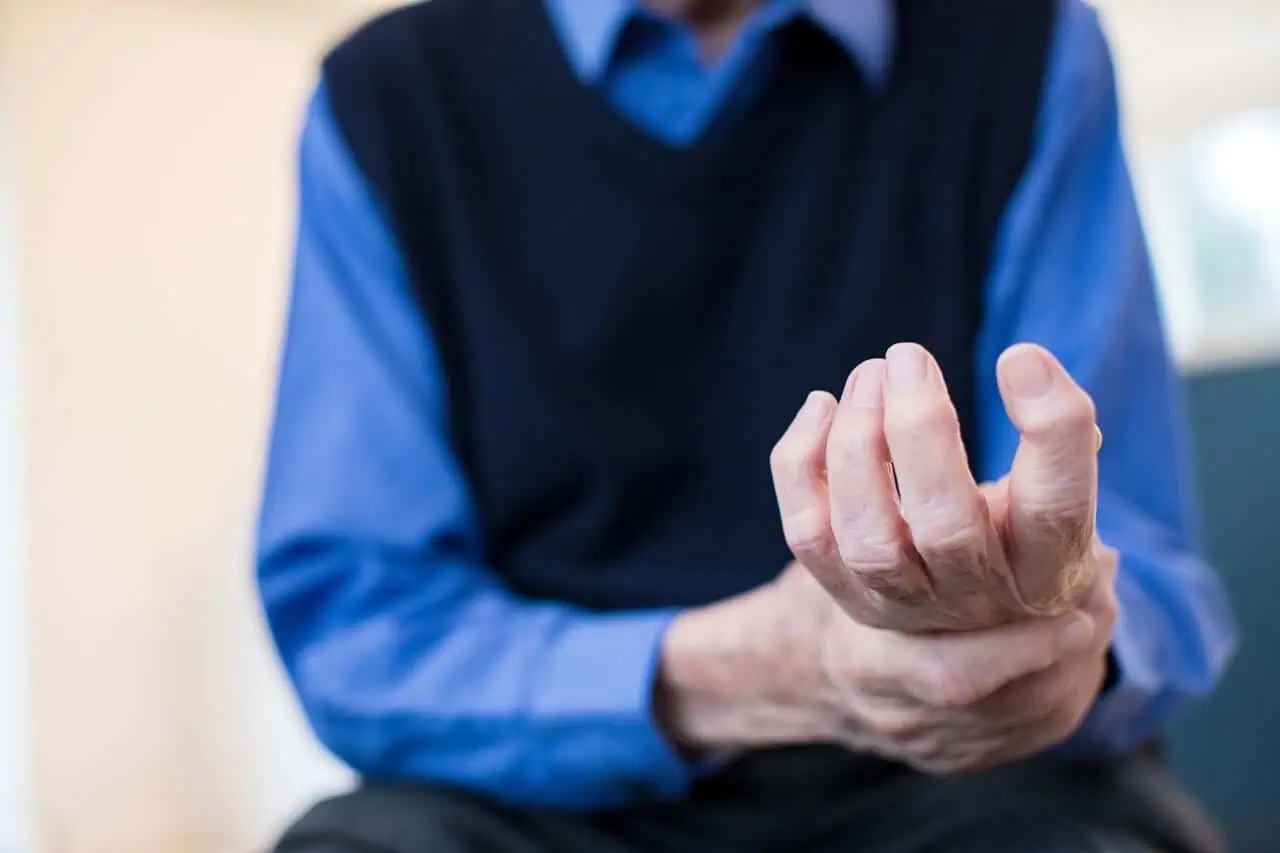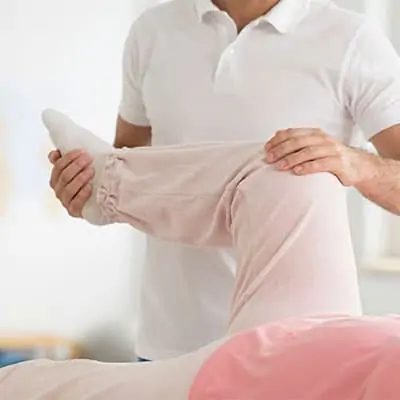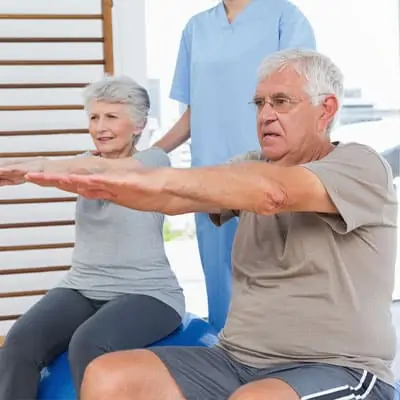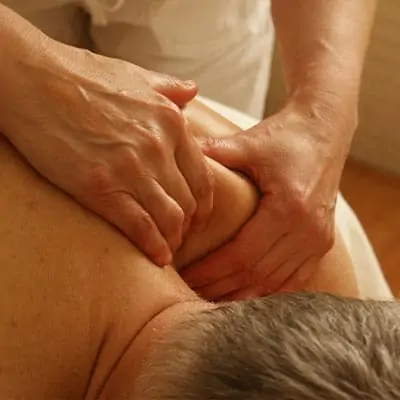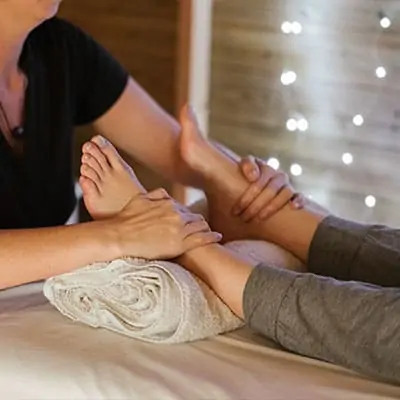Understanding Arthritis and Massage Therapy
What is Arthritis?
Arthritis refers to a group of more than 100 conditions characterized by inflammation of the joints, leading to pain, stiffness, and decreased mobility. Common forms of arthritis include osteoarthritis and rheumatoid arthritis. Symptoms can vary in severity and may affect an individual’s quality of life.
| Type of Arthritis | Description | Common Symptoms |
|---|---|---|
| Osteoarthritis | Degenerative joint disease caused by wear and tear. | Pain, stiffness, swelling. |
| Rheumatoid Arthritis | An autoimmune disorder where the immune system attacks joints. | Pain, swollen joints, fatigue. |
Understanding your specific type of arthritis is crucial in determining the most effective treatments, including massage therapy for arthritis.
Benefits of Massage Therapy for Arthritis
Massage therapy can be a valuable addition to your arthritis management plan. It offers several benefits that can specifically target the challenges posed by arthritis.
- Pain Relief: Regular massage can reduce arthritis-related discomfort by relaxing tense muscles and soothing inflamed tissues.
- Enhanced Flexibility: Massage helps to improve joint mobility by decreasing stiffness and increasing blood flow. This greater range of motion can make daily activities easier.
- Reduced Stress: The relaxation provided by massage can help decrease anxiety and improve overall well-being, which can be particularly beneficial for those living with chronic pain.
- Improved Circulation: Massage therapy increases blood flow to affected areas, aiding in recovery and the delivery of nutrients to joints and muscles.
| Benefit | Description |
|---|---|
| Pain Relief | Alleviates discomfort through muscle relaxation. |
| Enhanced Flexibility | Increases mobility and range of motion. |
| Reduced Stress | Provides relaxation and aids mental health. |
| Improved Circulation | Boosts blood flow to support healing. |
Incorporating massage into your treatment regimen can complement other therapies you may be exploring. For more information on the various approaches to massage, consider exploring therapeutic massage therapy and other types of massage therapy.
Types of Massage Therapy for Arthritis
When considering massage therapy for arthritis, it’s essential to understand the various massage techniques available. Each type offers unique benefits that can help alleviate symptoms associated with arthritis. Below, you’ll find descriptions of three commonly used massage techniques.
Swedish Massage
Swedish massage is a gentle technique that focuses on relaxation. It employs long, flowing strokes, kneading, and circular movements to promote overall wellness. This type of massage is ideal for individuals looking to reduce stress and improve circulation without intensive pressure.
| Technique Elements | Description |
|---|---|
| Pressure | Light to moderate |
| Techniques Used | Long strokes, kneading, circular movements |
| Benefits | Reduces tension, enhances relaxation, improves blood flow |
For more information about this type of massage, you can read our detailed article on swedish massage therapy.
Deep Tissue Massage
Deep tissue massage targets the deeper layers of muscles and connective tissue. This technique uses strong strokes and specific techniques to alleviate chronic muscle tension and pain. It is particularly effective for individuals with tight muscles and pain associated with arthritis.
| Technique Elements | Description |
|---|---|
| Pressure | Firm to intense |
| Techniques Used | Stripping, friction, deep finger pressure |
| Benefits | Eases chronic pain, relieves tension, improves flexibility |
If you want to learn more about this technique, visit our article on deep tissue massage therapy.
Myofascial Release Therapy
Myofascial release therapy focuses on relieving tension in the fascia, the connective tissue surrounding muscles. This gentle, hands-on technique helps release restrictions and improve mobility. It can be particularly beneficial for individuals experiencing stiffness and pain associated with arthritis.
| Technique Elements | Description |
|---|---|
| Pressure | Light pressure with sustained holds |
| Techniques Used | Gentle stretching, sustained pressure on trigger points |
| Benefits | Increases range of motion, alleviates discomfort, promotes relaxation |
For further insights into different types of massage therapies, check our article on types of massage therapy.
Each of these massage techniques can be tailored to meet your specific needs. By understanding the unique benefits of Swedish massage, deep tissue massage, and myofascial release therapy, you can make an informed decision on the best approach to relieve your arthritis symptoms.
How Massage Therapy Helps Relieve Arthritis Symptoms
Massage therapy can be a beneficial approach to managing arthritis symptoms. It encompasses various techniques that potentially alleviate discomfort and improve overall well-being. Here are some ways in which massage therapy may help you manage arthritis.
Reducing Pain and Discomfort
Massage therapy is well-documented for its pain-relieving properties. By applying pressure to tense muscles and joints, it can help reduce muscle stiffness and alleviate pain associated with arthritis. Research has shown that regular sessions can lead to significant pain relief for many individuals.
| Study | Pain Reduction (%) |
|---|---|
| Clinical Trial 1 | 30% |
| Clinical Trial 2 | 25% |
| Clinical Trial 3 | 40% |
Notably, techniques such as deep tissue massage therapy target specific areas to release built-up tension and trigger points.
Improving Joint Mobility
Increased flexibility and improved range of motion are additional benefits attributed to massage therapy. Gentle manipulation of the soft tissues surrounding joints can enhance mobility, making daily activities more manageable.
Certain massage techniques focus on stretching muscles and ligaments, which can lead to better joint function. Regular sessions may also contribute to maintaining your mobility over time.
| Outcome | Improvement (%) |
|---|---|
| Joint Flexibility | 35% |
| Range of Motion | 30% |
For those interested in maintaining joint health, combining massage therapy with different types of massage therapy can provide varied benefits.
Enhancing Circulation
Improved blood flow is another significant advantage of massage therapy. Enhanced circulation helps deliver essential nutrients to muscles and joints, promoting recovery and overall joint health.
Massage techniques stimulate blood vessels, aiding in the removal of metabolic waste and reducing inflammation associated with arthritis.
| Benefit | Improvement (%) |
|---|---|
| Blood Flow | 25% |
| Nutrient Delivery | 30% |
Incorporating regular sessions of therapeutic massage therapy can thus play a vital role in managing arthritis symptoms and improving your quality of life.
Finding the Right Massage Therapist
Selecting a qualified massage therapist is essential for effectively addressing your arthritis symptoms through massage therapy. Here are key aspects to consider when searching for the right professional.
Qualifications to Look For
When seeking a massage therapist, consider their educational background and certifications. Here are some important qualifications to verify:
| Qualification | Description |
|---|---|
| Licensed Massage Therapist (LMT) | Ensure the therapist holds a license from your state, indicating they have met educational and training standards. |
| Specialization in Therapeutic Techniques | Look for therapists with training in techniques that specifically benefit arthritis, such as deep tissue massage therapy or trigger point massage therapy. |
| Continuing Education | A commitment to ongoing education demonstrates that the therapist stays updated with the latest practices and research in massage therapy. |
Communication and Comfort
Effective communication with your massage therapist is crucial. You should feel comfortable discussing your health history and specific needs. Here are some aspects to keep in mind:
| Aspect | Importance |
|---|---|
| Initial Consultation | Discuss your symptoms, medical history, and any areas of pain. This helps the therapist tailor the session to your needs. |
| Open Dialogue | The therapist should encourage you to communicate any discomfort during the session. This ensures a safe and effective experience. |
| Comfort Level | You should feel at ease with your therapist. Trust your instincts about whether you feel comfortable sharing your concerns. |
By ensuring your massage therapist possesses the appropriate qualifications and promotes effective communication, you can enhance the benefits of massage therapy for arthritis. This will ultimately help you manage your symptoms better and improve your overall well-being.
Complementing Massage Therapy with Self-Care
In addition to seeking out massage therapy for arthritis, implementing self-care practices can significantly enhance your overall well-being. Focus on proper nutrition and hydration, as well as engaging in gentle exercise and stretching routines.
Proper Nutrition and Hydration
Diet plays a vital role in managing arthritis symptoms. Incorporating anti-inflammatory foods can help reduce joint pain and improve overall health. Here are some food categories to consider:
| Food Category | Examples |
|---|---|
| Fruits | Berries, oranges, apples |
| Vegetables | Leafy greens, broccoli, peppers |
| Healthy Fats | Avocado, olive oil, nuts |
| Whole Grains | Brown rice, oats, quinoa |
| Lean Proteins | Fish, chicken, legumes |
Staying hydrated is equally important. Water helps to lubricate joints and supports various bodily functions. Aim to drink at least 8 cups (64 ounces) of water daily. Adjust this amount based on activity levels and climate.
Gentle Exercise and Stretching
Incorporating gentle exercise into your routine can also alleviate arthritis symptoms. Activities such as walking, swimming, and yoga can improve flexibility and reduce stiffness. A basic stretching routine can enhance joint mobility and prevent further discomfort.
Consider the following stretching exercises:
| Stretch Type | Description |
|---|---|
| Neck Stretch | Gently tilt your head to each side to stretch neck muscles. |
| Shoulder Stretch | Bring one arm across your body, holding it with the opposite arm. |
| Wrist Stretch | Extend one arm forward, pulling back on fingers to stretch the wrist. |
| Leg Stretch | Sit on the floor with legs extended and reach toward your toes. |
Before starting any new exercise program, it’s advisable to consult with a healthcare provider. Listen to your body and adjust your routine as needed to avoid any discomfort. Incorporating these self-care strategies alongside therapeutic massage therapy can lead to more effective management of arthritis symptoms.
Precautions and Considerations
When seeking massage therapy for arthritis, it is essential to take certain precautions to ensure safety and effectiveness. Understanding your body and communicating with healthcare providers can greatly enhance your experience.
Consultation with Healthcare Provider
Before beginning massage therapy, consult with your healthcare provider. They can offer valuable insights based on your specific condition and overall health. This step is particularly critical if you are experiencing severe arthritis symptoms or other medical conditions. Your provider can help determine if massage therapy is appropriate for you and suggest suitable types of massage.
| Considerations for Consultation | Importance |
|---|---|
| Discuss current medications | Prevent adverse interactions |
| Share your arthritis symptoms | Tailor the therapy to your needs |
| Mention previous therapies | Understand what has or hasn’t worked |
Monitoring Your Arthritis Symptoms
Regularly monitor your arthritis symptoms when undergoing massage therapy. Keeping track of pain levels, mobility, and any changes can help you assess the effectiveness of the therapy. Use a pain scale from 1 to 10 to quantify your discomfort before and after each session. This can provide you and your therapist with important feedback.
| Pain Level | Description |
|---|---|
| 1-2 | Minimal discomfort |
| 3-4 | Mild pain, manageable |
| 5-6 | Moderate pain affecting daily activities |
| 7-8 | Severe pain, hard to focus |
| 9-10 | Excruciating pain, requires immediate attention |
Listening to Your Body
It is crucial to listen to your body during and after massage therapy. If something feels uncomfortable or causes pain, communicate with your therapist immediately. They can adjust their techniques or pressure to better suit your needs. Ensuring a comfortable experience will enhance the benefits of the therapy.
Remember to stay hydrated and rest adequately after sessions to support your body’s recovery and response to treatment. For additional insights on the advantages of various techniques, you can look into therapeutic massage therapy or types of massage therapy. Always prioritize your comfort and well-being as you explore massage therapy options.


